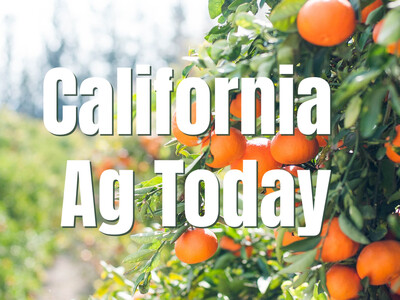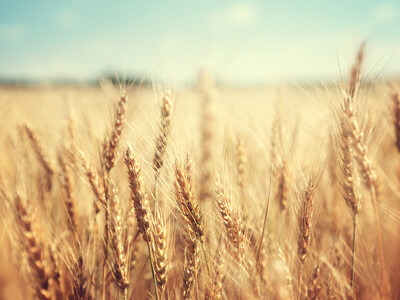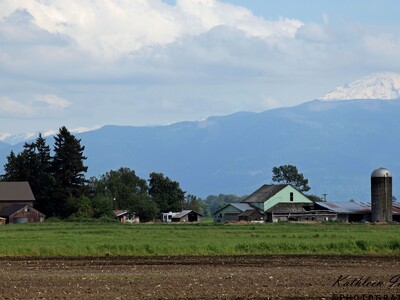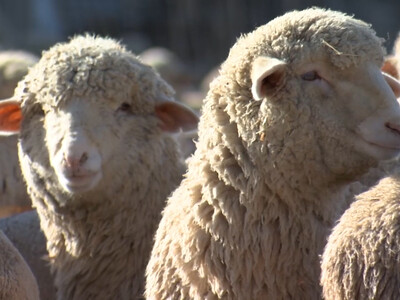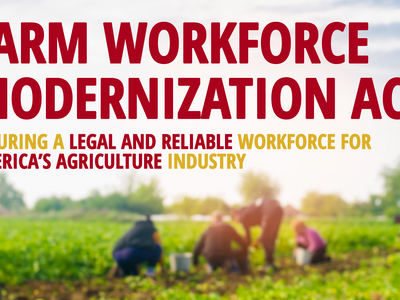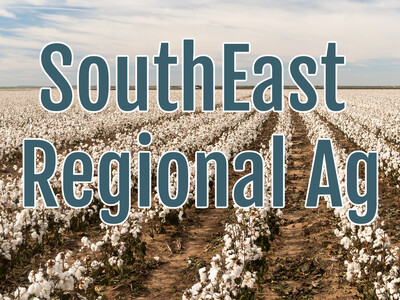Beans
Dr. Mark Brick is a Professor of Plant Breeding and Genetics at Colorado State University and knows all about dry beans. "You are in Idaho, right? Yes. Idaho's a big bean state. You grow more certified bean seed than any state in the United States. So you are number one in seed production. You also grow quite a bit of commercial bean seed as does Washington. Oregon grows more snap beans, Wyoming, Colorado, Utah and Montana all grow dry beans. So it's a crop that is important in the West.Traditionally, U.S. pinto varieties have “prostrate” architecture. “They would grow upright initially; then mid-season, when they started to show pods, they would vine out and grow horizontally along the ground,” says Brick.
Harvesting prostrate beans is a complex process. Harvesters cut the bean plants below the ground, pull them out, and lay them on the field to dry in piled rows. Finally, combine harvesters are used to thresh and harvest the dried beans.
Each step in this harvesting process has the potential to decrease yields by shattering of the bean seeds. Additionally, while beans are drying in the fields they remain exposed to the weather, which can discolor seeds, damage yields or even ruin the crop completely.
It's like apples. No one wants to eat an apple that is all beat up and pock marked. Same thing with beans. they have to look good so the consumer that buys beans will go in and look at their color and their shape and size and will say hey these look good, I'll buy them. If they are brown, discolored or broken, they will go down the island by a canned product or something else.






